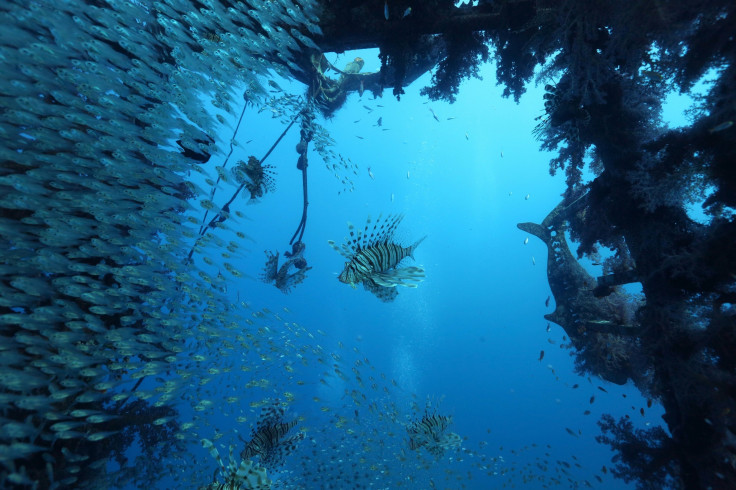Who Is Katsuko Saruhashi? Google Doodle Honors Japanese Geochemist On 98th Birthday

Thursday’s Google doodle celebrates the 98th birth anniversary of renowned geochemist Katsuko Saruhashi, who died of pneumonia at her home in Tokyo in 2007 at the age of 87.
Born in Tokyo in 1920, Saruhashi broke many glass ceilings as a female scientist in the 1950s and 60s. She earned her Ph.D. in chemistry from the University of Tokyo in 1957 and became the first woman to do so. She also went on to become the first woman elected to the Science Council of Japan in 1980 and also the first woman to win the Miyake Prize for geochemistry in 1985.
She was the first to accurately measure the concentration of carbonic acid in water based on temperature, pH Level, and chlorinity.
Saruhashi’s Table, a method for gauging the concentration of carbonic acid in water, was named after her and is utilized by oceanographers everywhere today. In order to promote women in science, Saruhashi started the Society of Japanese Women Scientists in 1958. Throughout her career, she also urged for male and female scientists to be on equal footing.
She once said, “There are many women who have the ability to become great scientists. I would like to see the day when women can contribute to science and technology on an equal footing with men.”
Every year female scientists are honored with the Saruhashi Prize which was first established in 1981 by her.
Heavy.com reported, “The Saruhashi Award has been set up in 1980 by ‘The Association for the Bright Future of Women Scientists,’ which was established by the geochemist, Dr. Katsuko Saruhashi. This award is granted each year to female scientists under 50 years old in recognition for their distinguished research in natural sciences.”
About the award, Saruhashi said it helps highlight the capabilities of women scientists.
“Each winner has not only been a successful researcher but a wonderful human being as well,” she said.
In her career span of nearly 35 years, Saruhashi also developed “a technique to trace the travel of radioactive fallout across the oceans that led to restricting oceanic nuclear experimentation."
After the United States conducted Bikini Atoll nuclear tests in the year 1954, the Japanese government asked the Geochemical Laboratory to monitor the radioactivity in seawater and rainfall.
It was Saruhashi who found out that it took a year and a half for the radioactivity to reach the seawater in Japan. By the year 1964, it was found that the radioactivity level in western and eastern North Pacific ocean water was high. It also became one of the first research to show the effects of the fallout and how they can spread to the entire world.
It was Saruhashi’s groundbreaking research that later persuaded the U.S. and Soviet Union to stop above-ground nuclear testing.
In honor of this remarkable woman’s birthday, Thursday's doodle features Saruhashi holding a cardboard in her hand with ocean waves in the background. The doodle’s reach is in India, Australia, Japan, Sweden, Iceland, the U.K., Serbia and North America and parts of South America.
© Copyright IBTimes 2024. All rights reserved.






















